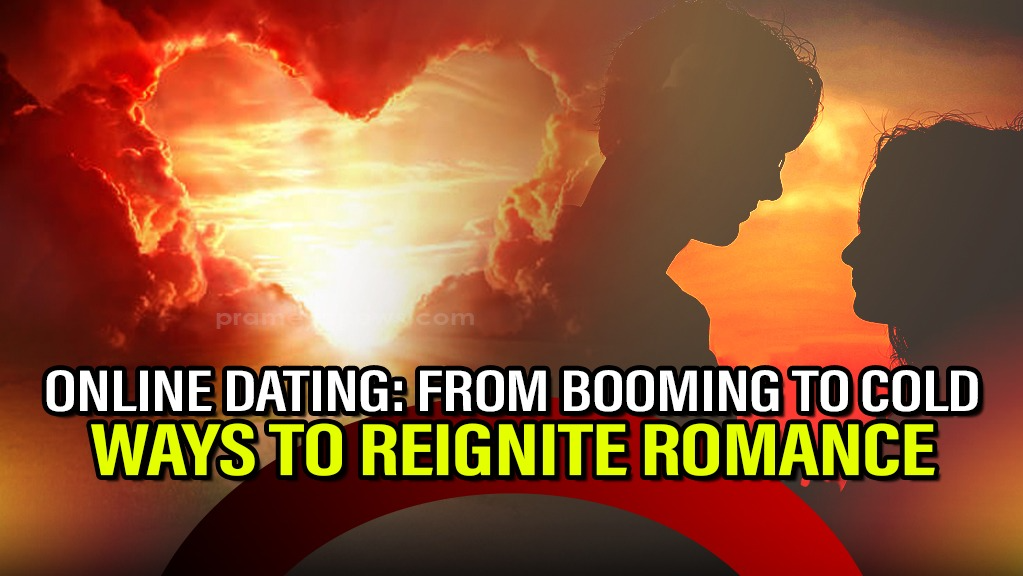

Online Dating gone Sour
Few years back ‘Online Dating Apps’ were the talk of the town, seemingly connecting millions and booming like never before. Fast forward and today, the picture looks drastically different. The initial public excitement has faded, stock prices have tumbled, and the industry is scrambling to figure out what will be the next strategy. What exactly happened to the digital love story?
The Peak Romance Phase (and the Pandemic Boost)
During 2019 finding love online was the in thing. Figures suggested nearly one in five couples globally had met via a dating app, drawn by the simple, quick-fire appeal of swiping. An estimated massive 250 million people worldwide had a dating app installed on their phones. It was an unstoppable force.
Then came 2021 and the global pandemic. With everyone stuck indoors, dating, like almost everything else, went almost entirely digital – as the smart phone was evrything. This surge in online interaction created what seemed like the perfect climate for dating app businesses. Bumble, riding this wave, launched its Initial Public Offering (IPO) to massive fanfare, hitting a stunning market capitalization of $13 billion on its very first day of trading. Investing seemed like a sure bet.
Brutal Reality Check
If you had put your money into Bumble back then, anticipating continued meteoric growth, you'd be facing a harsh reality today. That initial optimism has evaporated. Bumble's market capitalization has plummeted dramatically, hovering around $720 million as of recent checks. To put that in perspective, a hypothetical $1,000 investment made during the IPO hype would now be worth a meager $66.
And Bumble isn't alone in this heartbreak. Match Group, the behemoth behind Tinder (the world's most downloaded dating app), as well as popular platforms like OKCupid, Hinge, Grindr, and Plenty of Fish, has also seen its market value crater. Its stock is down nearly 80% from its 2021 peak. Recent earnings reports from both companies only added fuel to the fire, coming in weaker than expected and pushing stock prices down even further.
Why Did Users Lose That Loving Feeling?
To understand the downturn, we need to look as to how these apps make money and how user behaviour shifted.
Has the online dating doomed? Not necessarily, but it's definitely undergoing a major transformation. The industry seems to realize the old model isn't sustainable.
It’s a Catch 22
The online dating industry is at a crossroads. The era of easy, explosive growth fueled by simple swiping seems over. User fatigue and a desire for more authentic, tailored connections have forced a rethink. The pivot towards niche communities and integrating real-world experiences is a significant strategic shift. Whether these adaptations will be enough to fully revive investor confidence and sustain long-term growth remains uncertain. But it is clear: dating apps are actively trying to rewrite their own love story, moving beyond the swipe to find a more sustainable connection with their users.